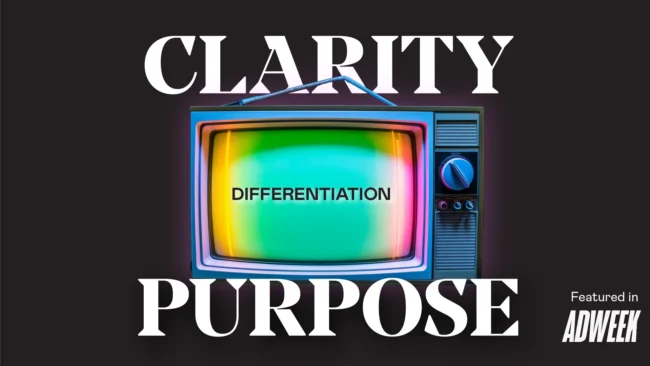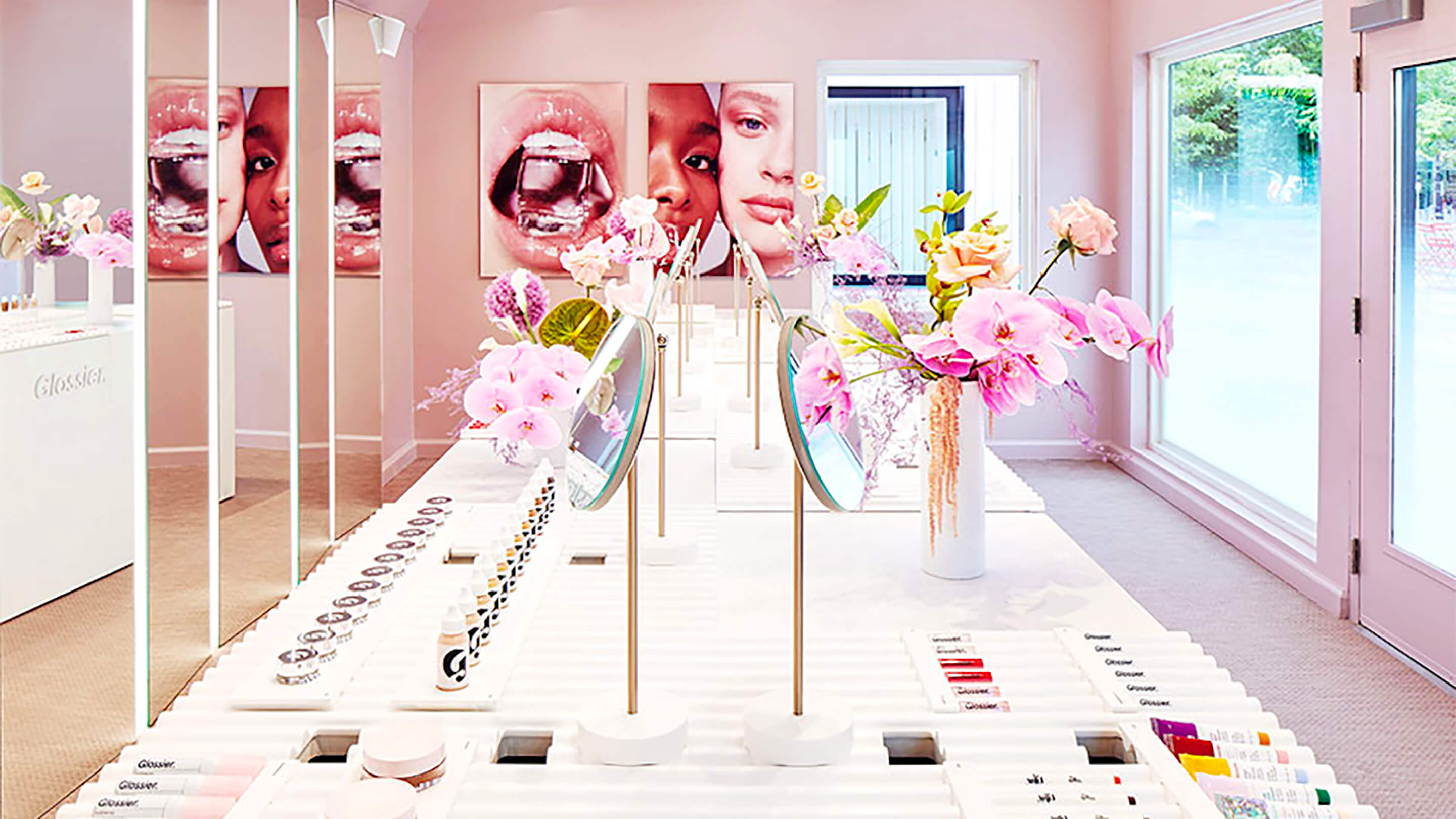
If brands have learnt one thing from the COVID pandemic it is the importance of the digital landscape as not just a selling tool but as a platform to heighten the consumer relationship. In May 2019 36% of customer interactions were conducted through digital channels globally, by June 2020 that percentage had risen to 58%, and it is unlikely we’ll see this reverse even as we come out of the pandemic.
So, brands today must have a digital presence, but this should be seamlessly integrated with digital and human touchpoints. And as marketeers cope with a greater spectrum of touchpoints it can become easy to fragment the experience and cause confusion in the mind of the consumer.
In the past, brands utilized different channels for different goals, with different strategies. We only need to look at how communications agencies have been structured over the decades to see this; ATL, BTL, PR and digital all working separately and under the control of different entities and departments. Yet, the consumer doesn’t think in channels, they simply see the brand.
Build your brand and its identity system with this in mind is the core of omnichannel thinking. The consumers’ experience of the brand puts the consumer at the centre, is touchpoint agnostic and most importantly completely consistent and integrated.
Managing multiple brand dimensions
Today, success will no longer be derived solely by having the best offer on the market. Consumers now expect to interact with brands on an emotional level, they want brands that have a soul, that have purpose in the world beyond simply making money. And they expect brands to understand them as an individual and demonstrate this understanding through experiences and interactions.
Immersive Brand Thinking is an approach that helps marketeers to organise these – and other – complex, growing and intersecting demands, in a way that creates brand systems fit for the modern day and seamless engaging experiences. It starts with key strategic foundations, fused into a brand experience platform which in turns drives an immersive brand identity system and unites marketing efforts beyond.
In moving towards a more Immersive approach to help address the omnichannel world, there are brands old and new we can take inspiration from.
Digital to real world
Glossier, the online beauty brand, knows that community is at the heart of the brand’s success. Through their social media platforms, the brand facilitates conversations about the products consumers use and love. This organic conversation made Glossier the go-to brand for online discussion and sharing content in the make-up space.
As Glossier moved into the bricks-and-mortar space they made sure to keep this sense of community at the heart of the offering. They understood that their online ambassadors are part of their identity, and a key asset to the brand. So they brought some of their most high profile online ambassadors into the stores so customers could interact with them and talk about their favorite looks.
Brands like Glossier – along with familiar examples such as Amazon Go – have understood what lies at the heart of their brand, the associations they are building and their role in the world, then used this to build on and offline offerings that match, rather than mirror.
Traditional identity systems evolving to connect with new audiences
The automotive industry is probably one of the few where we could be forgiven for assuming it is still rooted in customers’ need to see, feel and try the product before parting with tens of thousands of dollars. However, VW believes otherwise.
As the brand moves into the electric space, they developed a clean, new brand identity to match their vision for the future of the company. But in their future they also recognized that the digital landscape would become increasingly important, as millennials and Gen Z normalize having an online relationship with car buying and maintenance.
Thus, in building the new identity they took a digital-first approach. The logo was stripped back to its essential elements, giving greater flexibility and ease of use across touchpoints.
Equally, the brand knew the identity would need to work just as well on small interfaces, such as smartwatches or in-car screens, as it would on more traditional touchpoints such as dealerships or the cars themselves.
VW have a clear understanding of where their brand and category is moving to, and how that will affect customer touchpoints.
Using omnichannel experience to reinvent categories
Innovative paint brand, Lick, is removing the barriers to decorating by reimaging the customer experience for modern consumers. Built around the call-to-arms platform Let’s Decorate, everything about their experience and identity is designed to make choosing and buying paint simple, convenient, and fun.
Their approach is more than just slapping a coat of digital design onto a traditional experience. Instead, Lick thought about experience to redesign key interactions. Their sample paint swatch is stuck on the wall and replaces the old sample pot. The branded swatch is not only easier to mail but encourages Instagram sharing.
And though the humble paint tin’s redesign may have been inspired by ease of posting, it is being used as part of Lick’s identity in much the same way Coke would use their iconic glass bottle.
It will be interesting to watch which other aspects of decorating they redefine – and integrate into their identity – in the future.
Connecting divided categories
Healthcare is a notoriously silo’d sector, even as insurance companies and governments increasingly recognise that prevention is cheaper than cure. Enter leading US medtech brand, Omada Health. Omada’s mission is not to treat, but inspire and engage its members make long-term, sustainable changes to improve their health. Think of them as doctor, coach, support community, and smart watch combined. Every aspect of their experience – smart health devices, online care specialists, website and app – has been designed to integrate with each other. And this applies to their identity too. Omada knows that achieving design coherence and clarity is not a nice to have, but crucial to their mission. Their brand principles of Candid, Savvy, Empowering, Supportive and Delightful are evident in everything they do.
What omnichannel success looks like
All these brands, in different ways, have all evolved their offering to meet the requirements of consumers, developing successful omnichannel experiences. Whilst each has its individual strengths there are clear learnings to be taken away.
Understand what drives your brand
Being crystal clear about the foundations and idea upon which your brand is built is more important than ever in an omnichannel world – without those strong foundations the whole house can come crashing down.
Don’t try to do everything
Building and managing brands across today’s complex eco systems is tough. Being clear about the aspects about your brand and identity system that will drive growth will allow you to focus efforts where it makes the most difference.
Think multidimensionally about your identity system
Immersive Identity systems need to do so much more than stand out, they need to connect emotionally, tell stories, shape experiences and more. Ensure your identity is built to grow your brand around multiple dimensions.
Think about assets differently
In the past assets were about creating distinction and recognizability. Whilst this is still important brands need to think more fluidly about their use and deployment of assets and understood what consumers value most in their brands and flex assets to engage based on these needs.
Allow your customers to collaborate
Identities are no longer something to be policed, they are part of a brands conversation with its customers. Allowing you customers to use brand assets to create something personal to them will drives emotional engagement and greater advocacy.

